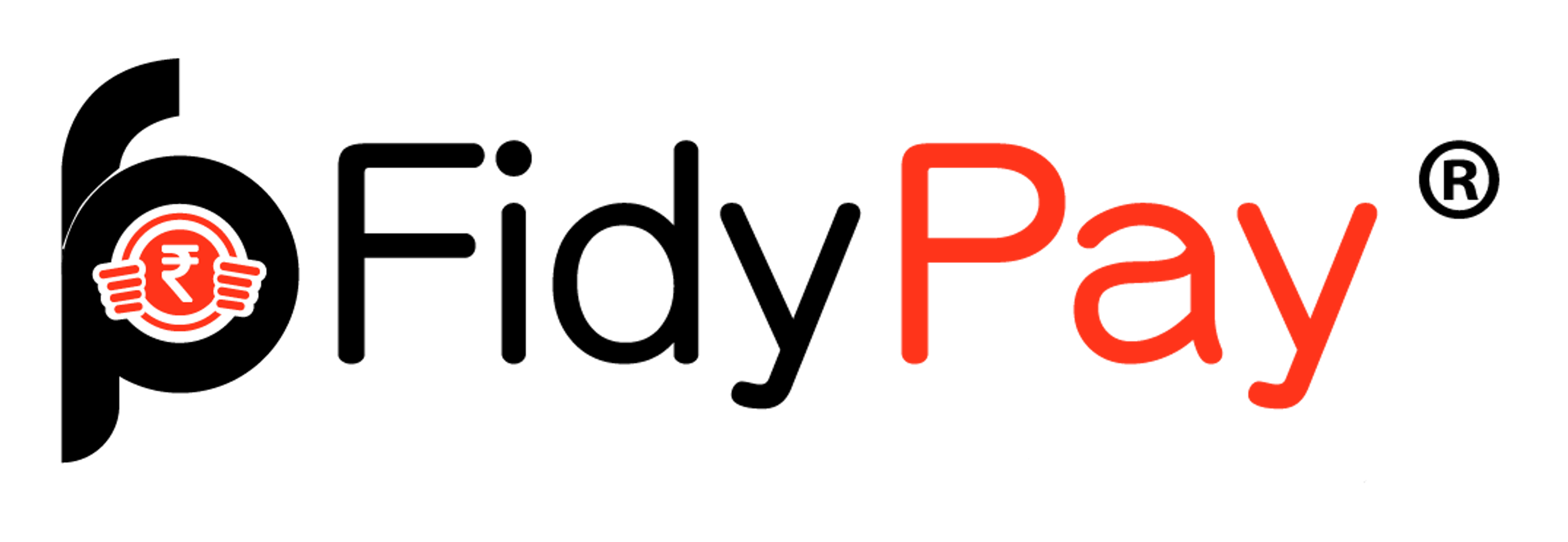India just overtook Britain as the fifth-largest economy in the world. India’s GDP at present stands at 3.5 trillion USD. The vision of achieving a GDP target of 5 trillion USD is a task that requires arduous efforts.
Small and Medium enterprises have been contributing tremendously to this vision. What else is needed is a robust payments system that allows businesses to run without a hamper.
And when it comes to making payments and collecting dues, recurring payments infrastructure is something that cannot be neglected.
To provide ease to this mechanism of recurring payments, eNach was developed by NPCI(a not-for-profit organization). Let’s see eNach in depth:
What is eNach?
eNach is an acronym for Electronic National Automated Clearing House. It is a focused clearing service that focuses on monotonous, sporadic, high-volume interbank exchanges with low regard.
eNach is aimed at unifying all local ECS(Electronic Clearing Services) into one National Payment System which is offered to corporations, banks, and financial institutions and is claimed to be superior to its antecedent.
It helps in automated installment administration.
The client authorizes the relevant position to debit the specified amount from his bank. This is done on a predetermined day of the month when he signs the eNach or electronic Nach structure.
An upgrade over the Nach, known as the electronic National Automated Clearing House (eNach), enables frequent and repeating high volume, low value interbank electronic transfers.
Most of the procedures you go through in Nach are eliminated. While logistical and interpersonal connections are reduced, there is no requirement to complete a form. The process is finished and activated in a matter of hours.
What is an Electronic Clearing Service?
ECS, or Electronic Clearing Services, were utilized for payments before eNach and E-Mandate. Here, a physical form containing a mandate is delivered to the relevant bank or business. The procedures were cumbersome.
For instance, the processes needed to invest in a SIP. The SIP instructions were filled manually and then sent to the appropriate bank. The bank thoroughly checked the details and if found any discrepancy, the application was denied. The process needed to be repeated again.
With NPCI coming into existence, numerous technologies were introduced to provide improved efficiency and wider retail payment systems.
What is Nach?
Nach(National Automated Clearing house), is a system for large transactions and is offline. On this platform, all electronic mandates are registered, making it possible to conduct payments online.
A single set of rules for enterprises are made available by NPCI with the establishment of the Nach system. Additionally, it enables the use of open standards and the best commercial practices for electronic transactions. These are shared by all participants, including Service Providers, Users, etc.
The Nach system indirectly supports the government’s vision of financial inclusion through aadhaar-based transactions.
The Nach system gives member banks the ability to create custom products. Additionally, it addresses the unique requirements of banks and corporations. A sophisticated Mandate Management System (MMS) and an online Dispute Management System are two of them (DMS). Strong information interchange and personalized MIS capabilities are combined with the last one.
The NPCI combined numerous ECS systems that were operating across the nation and developed Nach as an upgrade to the current Electronic Clearing System (ECS). The Nach system is employed in bulk transactions for distributing subsidies, dividends, interest, salaries, pensions, and other payments, as well as for collecting payments for telephone, electricity, water, loans, mutual fund investments, insurance premiums, and other services.
The 3 major types of Nach are:
* eNach
* eNach through eSign
* Physical mandates
What is E-Mandate
The Nach Debit “e-mandate” approach permits mandate registration through the merchant website, making the entire mandate registration process online. The end users of e-mandates can authenticate them directly by using their digital form to create mandates via merchant/aggregator websites.
These services make it possible for businesses and customers to handle recurring payments and bills like insurance, SIP, and utility bills without having to manually start or execute payments. Manual payments, verification, several reminders, or even late fees are no longer necessary because of this.
Both of these systems are for automated repeating payments, but while eNach is overseen by the NPCI, E-Mandates are offered by a select group of banks.
These regulations make it simple for businesses and merchants to collect these types of payments each month by enabling users to authorize recurring payments online all at once.
Customers won’t have to visit banks, fill out paperwork by hand, or wait days for approval. All recurring payments, including SIPs, insurance premiums, EMI auto-debit, utility bills, etc., are now simple and secure, thanks to these platforms. This innovation was required at the time, given the proliferation of online enterprises.
So, eNach is basically the electronic version of Nach. It helps in the automated credit and debit facility which is a great boost to the lenders as well as receivers of credit. The recurring amount is debited automatically after filling out the eNach form.
eNach allows the debit of a pre-agreed upon amount by the permission of the concerned authority.
eNach Through eSign
In this form, the retailer, aggregator, or bank can have a digital mandate confirmed using Aadhaar credentials and verified using UIDAI data. The customer’s electronic signature (eSign) is included in the digital mandate and will be transferred from the Sponsor bank to the Destination bank. Once the eSign has been verified, the destination bank can accept or reject digital mandates.
Physical Mandates
The client can do this by delivering the actual mandate to their bank location. The bank will upload the data mandate through the Nach system on the sponsor bank after confirming the customer signature and other information provided on the mandate.
Since the main goal of eNACH/eMandate is to lighten the processing burden on the destination bank, all prospective users of the eMandate platform should implement end-to-end process automation, including the automatic transmission of authenticated mandates to the Nach system.
Is eNACH Safe Without 2-Factor Authentication?
Many companies desire to employ 2FA payment collection solutions (2 Factor Authentication). Businesses become a little skeptical of eNACH because it does not employ 2FA. You shouldn’t worry, though, as an automated payment through eNACH won’t begin without the customer’s permission. eNach safeguards private information during payments with top-notch data security.
eNACH Solutions Company
With the evolution of Neobanks or Fintechs, the process has become hassle-free towards the user’s end. The Indian fintech market has been developing. This has enhanced the quality of banking services being provided to customers.
FidyPay is an eNach Solutions Company that provides an excellent platform when it comes to recurring payments. The eNach solutions offered by FidyPay provide a faster, safer, and easier process for businesses to debit their dues directly from their customers’ accounts.

